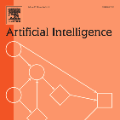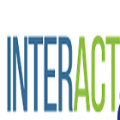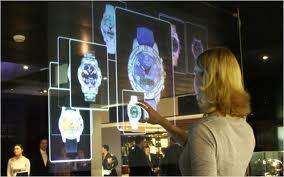Artificial intelligences (AI) are increasingly being embodied and embedded in the world to carry out tasks and support decision-making with and for people. Robots, recommender systems, voice assistants, virtual humans - do these disparate types of embodied AI have something in common? Here we show how they can manifest as "socially embodied AI." We define this as the state that embodied AI "circumstantially" take on within interactive contexts when perceived as both social and agentic by people. We offer a working ontology that describes how embodied AI can dynamically transition into socially embodied AI. We propose an ontological heuristic for describing the threshold: the Tepper line. We reinforce our theoretical work with expert insights from a card sort workshop. We end with two case studies to illustrate the dynamic and contextual nature of this heuristic.
翻译:人工智能(AI)日益体现在世界上,并植根于世界上,以便执行任务,支持与人和为人的决策。机器人、推荐人系统、声音助理、虚拟人 — — 这些不同的人工智能有共同之处吗?我们在这里展示它们如何表现为“社会化的人工智能 ” 。我们将此定义为体现人工智能的“内在地”在互动背景下被人们视为社交和代理人时所接受的状态。我们提供了一种工作本体学,说明人工智能如何能动态地转变为具有社会特征的人工智能。我们建议用肿瘤超常法系来描述门槛:Tepper线。我们用纸牌类研讨会的专家洞察力加强我们的理论工作。我们最后用两个案例研究来说明这种外观的动态和背景性质。




